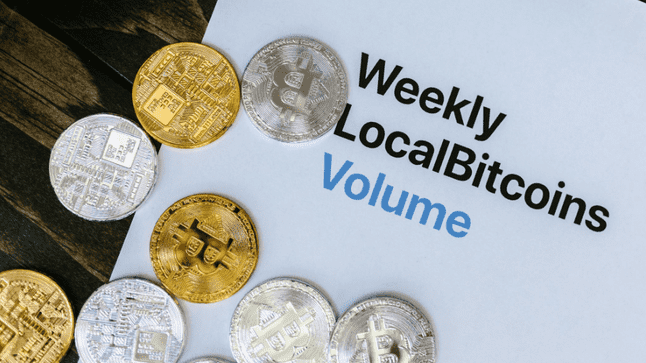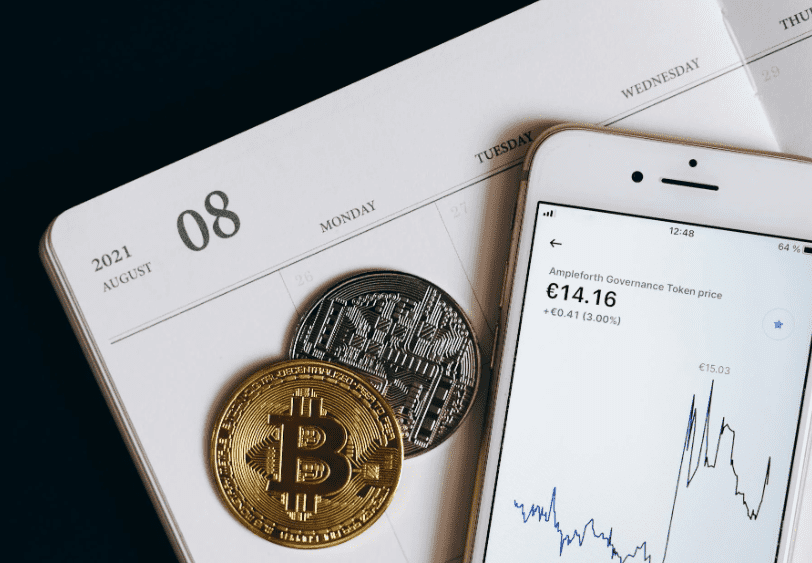Finance is fast-changing. One big innovation now at the forefront is the tokenization in finance. From real estate to stocks, tokenization has almost changed the behavior of people in buying, selling, and managing assets.
Specifically, the article discusses what tokenization is, how it works, its benefits, and ultimately why it should matter to Canadians and global investors.
What is Tokenization in Finance?
Tokenization in finance means converting ownership rights of a real asset into digital tokens so that it is recorded on a blockchain. Ownership of any token constitutes a fractional interest in the asset.
Example:
- The condo, worth $1 million, can be fragmented into 1,000 tokens.
- Each token means 0.1% ownership.
- The tokens can be bought, sold, or traded by anybody fast and securely.
Overall, this process has made assets like property, art, or even commodities more accessible and easy to trade.
How Does Tokenization Work?
Tokenization works in the following clear way:
- It begins with the choice of an asset. For example, this could be property, a stock, a bond, or even an artwork.
- The asset is then recorded on a blockchain, which acts as a digital record of ownership.
- Tokens are then created, with each token representing a share in the asset.
- These tokens can then be traded among investors on platforms.
- Transactions on the blockchain are thus fast, secure, and transparent.
Benefits of Tokenization in Finance
Tokenization has many benefits:
- Liquidity Gain
Assets like real estate are hard to sell in the traditional markets, but tokenization makes them liquid since tokens can be traded anytime.
- Fractional Ownership Benefits
Investors would not necessarily have to shell out millions to own a real property. They only need to own a fraction, thanks to tokenization. For instance, Canadians could invest in a Toronto condo or a Vancouver office tower by buying a few tokens.
- Security and Transparency
Furthermore, every trade is recorded on the blockchain, giving investors confidence and making it difficult to perpetrate fraud.
- Lower Cost and Speed
Tokenization cuts out intermediaries like brokers and banks; therefore, there are fewer fees and faster settlement times.
- Worldwide Reach
Anyone worldwide can invest in tokenized assets; for instance, a Canadian investor would be able to partially own a building in New York or some artworks in Paris.

More Real-Life Examples of Tokenization
Real Estate – Breaking down properties into digital shares for easy investment.
Stocks and Bonds – Security tokens act as digital counterparts of shares.
Commodities – Investors trade gold, oil, and agricultural products in tokenized forms.
Art and Collectibles – Paintings and rare items are tokenized for wider access.
Looking at the above, we could ask ourselves: Where, other than cryptocurrencies, can tokenization go?
Tokenization vs. Traditional Finance
Here’s how tokenization compares with old financial systems:
| Feature | Traditional Finance | Tokenized Finance |
|---|---|---|
| Ownership Records | Managed by banks and brokers | Stored on blockchain |
| Accessibility | Often limited to the wealthy | Open to anyone via fractions |
| Liquidity | Low for assets like property | High – tokens trade anytime |
| Settlement Speed | Days or weeks | Almost instant |
This shift highlights because that tokenization is such a big step forward.
Challenges of Tokenization in Finance
Like any innovation, tokenization has its challenges:
Regulation – Governments are still deciding how to classify tokenized assets.In Canada, the Canadian Securities Administrators (CSA) still continue to study them, and moreover, they aim to provide clearer guidelines; meanwhile, investors wait for stronger regulations.
Adoption – Not every bank or institution is ready to use blockchain.
Investor Trust – Some people remain cautious because tokenization is new.
Legal Issues – Additionally, questions about taxes, ownership rights, and cross-border rules need answers.
These hurdles must be addressed before tokenization reaches full adoption.
The Future of Tokenization in Finance
The future looks bright for tokenization. Experts anticipate that by 2030, trillions of dollars of assets will, therefore, undergo tokenization.
In Canada, tokenization may open investment doors to many in the expensive real estate markets of Toronto, Vancouver, and Montreal. Indeed, fractional ownership stands to give the ordinary Canadian fresh new methods of investing.
Globally, tokenization shall:
- Encourage international investment.
- Reduce reliance on traditional banks.
- Provide avenues for emerging markets.
Final Thoughts
Tokenization in finance is more than a buzzword. It’s changing how people invest and trade. Tokenization is shaping the future of finance by making assets easier to access and more liquid, and secure.
Challenges still remain, yet progress continues. Clearly, the advantages of tokenization stand out. Moreover, as technology improves and regulation adapts, tokenization will soon become a normal part of everyday investment in Canada and worldwide.
Therefore, as of now, smart investors should keep a close eye on tokenization, as it may well define the next period of explosive growth in finance.




